From ancient Chinese wellness traditions to modern functional foods, Wolfberry Extract—also known as Goji Berry Extract—has emerged as a star ingredient recognized for its nutritional richness and adaptogenic benefits. Extracted from the fruit of Lycium barbarum, this natural powerhouse is packed with polysaccharides, amino acids, vitamins, and antioxidants. As global consumers increasingly seek plant-based, multifunctional ingredients, Wolfberry Extract is bridging the gap between traditional wisdom and contemporary innovation, offering manufacturers a highly versatile raw material for health, beauty, and food applications.
What exactly is Wolfberry Extract, and how is it produced?
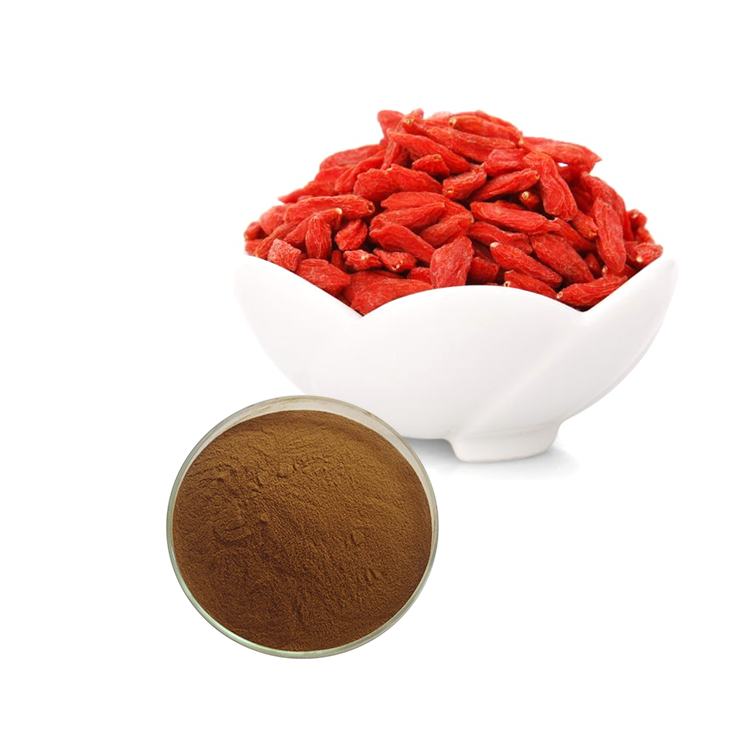
Wolfberry Extract, also known as Goji Berry Extract, is a natural bioactive ingredient derived from the fruit of Lycium barbarum. For centuries, wolfberries have been a cornerstone of traditional Chinese medicine, symbolizing longevity and vitality. Modern extraction techniques now allow these ancient benefits to be transformed into a convenient and concentrated form suitable for global industries.
The extract is typically produced through gentle water or ethanol extraction, followed by concentration and spray-drying. This process preserves its key bioactive compounds—polysaccharides, flavonoids, carotenoids, and amino acids—while removing excess impurities. The result is a fine, orange-red powder with a mild, fruity aroma and excellent solubility. Because of this controlled process, manufacturers can achieve consistent quality and potency, making it ideal for nutraceutical, cosmetic, and functional food formulations.
Beyond its nutritional richness, the extract’s stability and standardized composition make it an appealing ingredient for both traditional herbal formulas and modern wellness products, ensuring a seamless bridge between heritage and innovation.
What are the main benefits of Wolfberry Extract for health supplements?
Wolfberry Extract offers multiple health-promoting effects, particularly for the immune, cardiovascular, and metabolic systems. The core active compounds—Lycium barbarum polysaccharides (LBPs)—are known for their ability to support immune regulation and enhance antioxidant defenses. These polysaccharides stimulate the activity of natural killer cells and macrophages, strengthening the body’s natural defense mechanisms.
Moreover, the extract’s antioxidant capacity helps neutralize free radicals, reducing cellular damage and inflammation. Regular supplementation may support improved energy metabolism, help maintain blood sugar balance, and reduce fatigue, making it a valuable ingredient for people leading busy or stressful lifestyles.
In addition, research suggests that Wolfberry Extract contributes to liver protection and may aid in maintaining healthy lipid levels. For nutraceutical brands, it represents an effective, natural way to meet consumer demand for holistic wellness and vitality-enhancing formulations.

Why is Wolfberry Extract popular in the cosmetic industry?
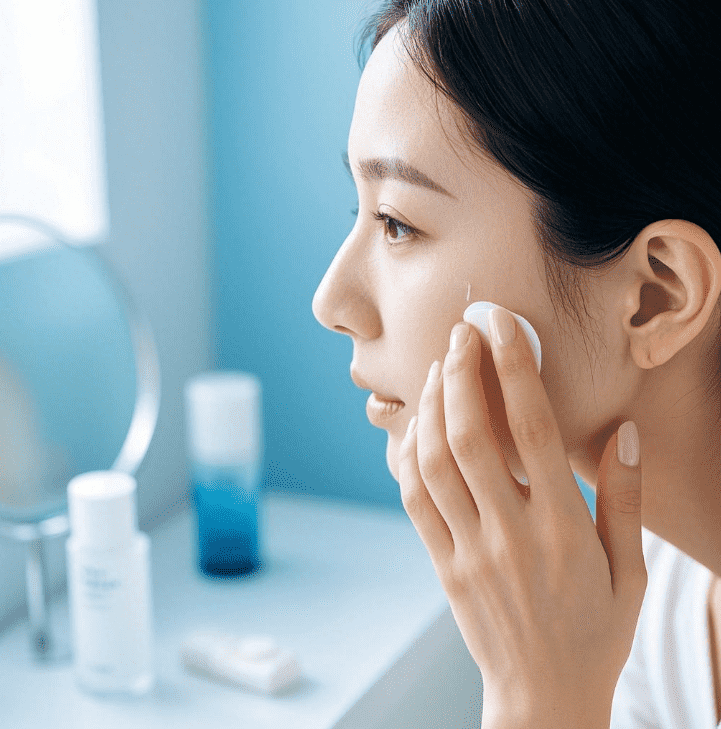
Wolfberry Extract is increasingly recognized as a premium ingredient in skincare and cosmetics due to its remarkable antioxidant and anti-aging properties. Its polysaccharides and flavonoids work synergistically to protect skin cells from oxidative damage, a key factor in premature aging. By reducing the impact of free radicals, Wolfberry Extract helps maintain skin elasticity and firmness, promoting a youthful complexion.
Additionally, its natural hydration-enhancing properties support the skin’s moisture barrier, making it ideal for products targeting dry or sensitive skin. Cosmetic manufacturers also appreciate its ability to improve microcirculation and soothe redness, giving the skin a healthy glow.
As consumers shift toward “clean beauty” and “green cosmetics,” Wolfberry Extract provides an ideal solution: plant-based, effective, and supported by traditional wisdom. It’s often featured in serums, face masks, and anti-aging creams where natural performance and skin safety are paramount.
Can Wolfberry Extract support eye health?

Yes, one of the most recognized traditional uses of wolfberries is for maintaining eye health. Modern science has confirmed that Wolfberry Extract is rich in carotenoids—especially zeaxanthin—which helps protect the retina and macula from oxidative stress and blue light exposure. This is particularly beneficial in the digital age, where prolonged screen time strains the eyes.
Regular intake of Wolfberry Extract can help reduce eye fatigue, improve visual acuity, and prevent age-related macular degeneration. The extract’s natural antioxidants further enhance microcirculation in ocular tissues, ensuring better oxygen and nutrient delivery to the eyes.
Because of these benefits, Wolfberry Extract is widely used in eye health supplements, functional drinks, and energy gummies targeting both working professionals and the elderly. Its reputation as a “superfood for the eyes” continues to grow globally.
How is Wolfberry Extract used in food and beverage applications?
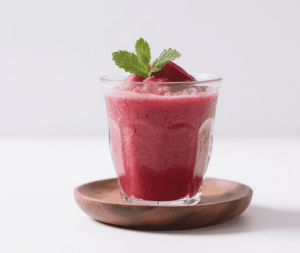
Wolfberry Extract’s pleasant taste and vibrant color make it a versatile ingredient for functional foods and beverages. It blends easily into smoothies, protein shakes, nutritional powders, and snack bars. Beyond enhancing visual appeal, it enriches these products with antioxidants, vitamins, and dietary fiber, offering both taste and function.
In beverage formulations, Wolfberry Extract works exceptionally well with ingredients like vitamin C, collagen, or green tea extract to create synergistic “beauty from within” drinks. It can also be used in tea blends or instant powders, offering consumers an easy way to enjoy the health benefits of goji berries daily.
With clean-label and wellness foods becoming mainstream, manufacturers appreciate that Wolfberry Extract is non-GMO, gluten-free, and naturally derived—fitting seamlessly into current consumer preferences for natural, functional nutrition.
Is Wolfberry Extract suitable for vegan and clean-label products?
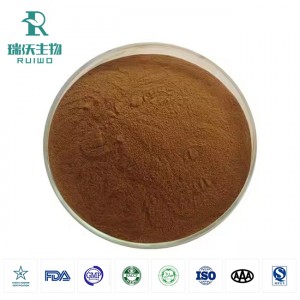
Yes, absolutely. Wolfberry Extract is 100% plant-based, making it fully compatible with vegan, vegetarian, and clean-label product lines. It contains no artificial additives, preservatives, or animal-derived ingredients. Its sustainable sourcing and ethical production appeal to eco-conscious brands and consumers alike.
Furthermore, Wolfberry Extract aligns with global trends emphasizing transparency and sustainability in ingredient sourcing. Manufacturers use it to replace synthetic antioxidants or artificial colors in formulations, delivering both performance and market appeal under a clean, natural label.
What quality standards should buyers look for when sourcing Wolfberry Extract?
When sourcing Wolfberry Extract, buyers should prioritize standardized products with clearly defined polysaccharide content (commonly 10%, 20%, or higher). Reliable suppliers will provide Certificates of Analysis (COA), MSDS, and third-party lab results verifying purity, heavy metal safety, and solvent-free status.
Buyers should also ensure that the product complies with GMP, ISO, and HACCP standards. The extract’s appearance—fine orange-red powder with mild aroma—should be consistent across batches. Partnering with suppliers experienced in export logistics and documentation ensures stable quality and long-term cooperation in the B2B supply chain.
What is the future outlook for Wolfberry Extract in the global market?
aging ingredients continues to grow worldwide. With its rich heritage, strong research foundation, and versatile applications, it’s poised to become a core botanical extract in nutraceutical and cosmetic industries.
Emerging innovations such as microencapsulation and water-soluble extract forms will further expand its usability in beverages and skincare. As consumers increasingly embrace “preventive health” and “natural beauty” lifestyles, Wolfberry Extract will remain a valuable and trusted ingredient driving the next generation of holistic wellness solutions.
- Reference
- Zhang, T., & et al. (2025). Lycium barbarum for health and longevity: A review of its antioxidant and anti-ageing potential. Foods & Functional Ingredients, 5(2), 35.
- Ju, Y., et al. (2023). Comparative Analysis of Polyphenols in Lycium barbarum: Rutin as the Dominant Component. Molecules, 28(13), 4930.
- Yu, Z., et al. (2022). Characterization of carotenoids in Lycium barbarum fruit by ultrasound-assisted extraction and deep eutectic solvent method. Frontiers in Chemistry, 10, Article 1052000.
-
Duan, P., et al. (2024). Lycium barbarum (Wolfberry) branches and leaves: Nutritional properties and effects on livestock performance. Frontiers in Plant Science / PMC or other plant science journal.Sanghavi, A., Shettigar, L., Chopra, A., et al. (2024). Efficacy of Lycium barbarum (Goji berry) mouthwash in managing periodontitis: a randomized clinical trial. F1000Research, 12, 302.
Bak, S. G., et al. (2022). Regulatory Effects of Lycium barbarum Extract and Isolated Constituents on Biological Systems. ScienceOpen
- Duan, W., et al. (2022). Comparative Analysis of the Phenolic Profile of Lycium barbarum from Different Regions.
About Ruiwo:
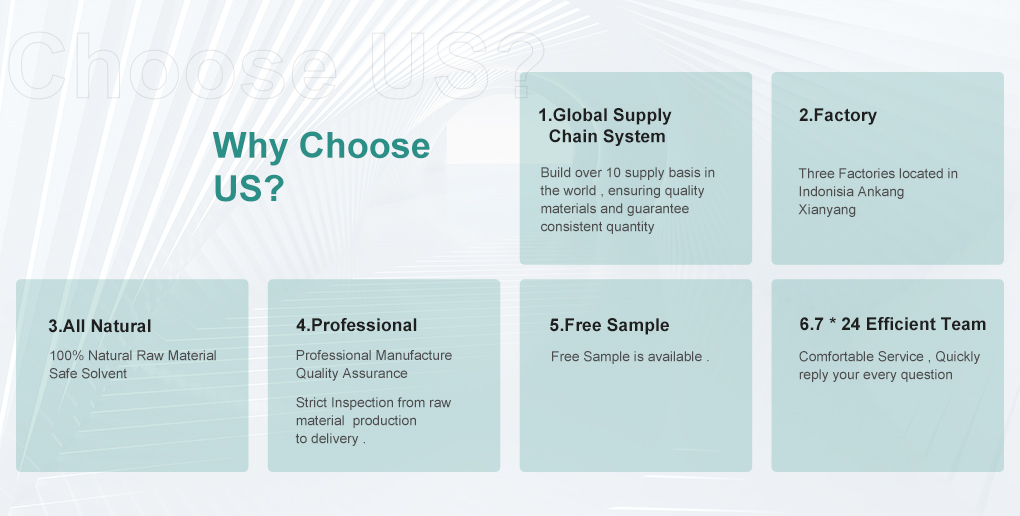

contact us:
Address:Room 703, Ketai Building, No. 808, Cuihua South Road, Xi’an, Shaanxi, China
E-mail: info@ruiwophytochem.com
Phone: 008613484919413 0086-29-89860070
Hours: Monday-Friday: 9am to 6pm
Post time: Oct-10-2025



